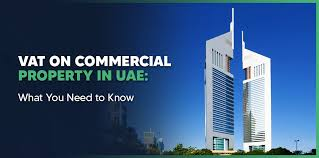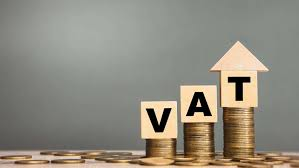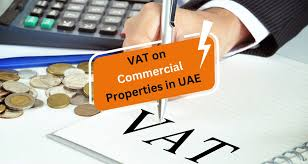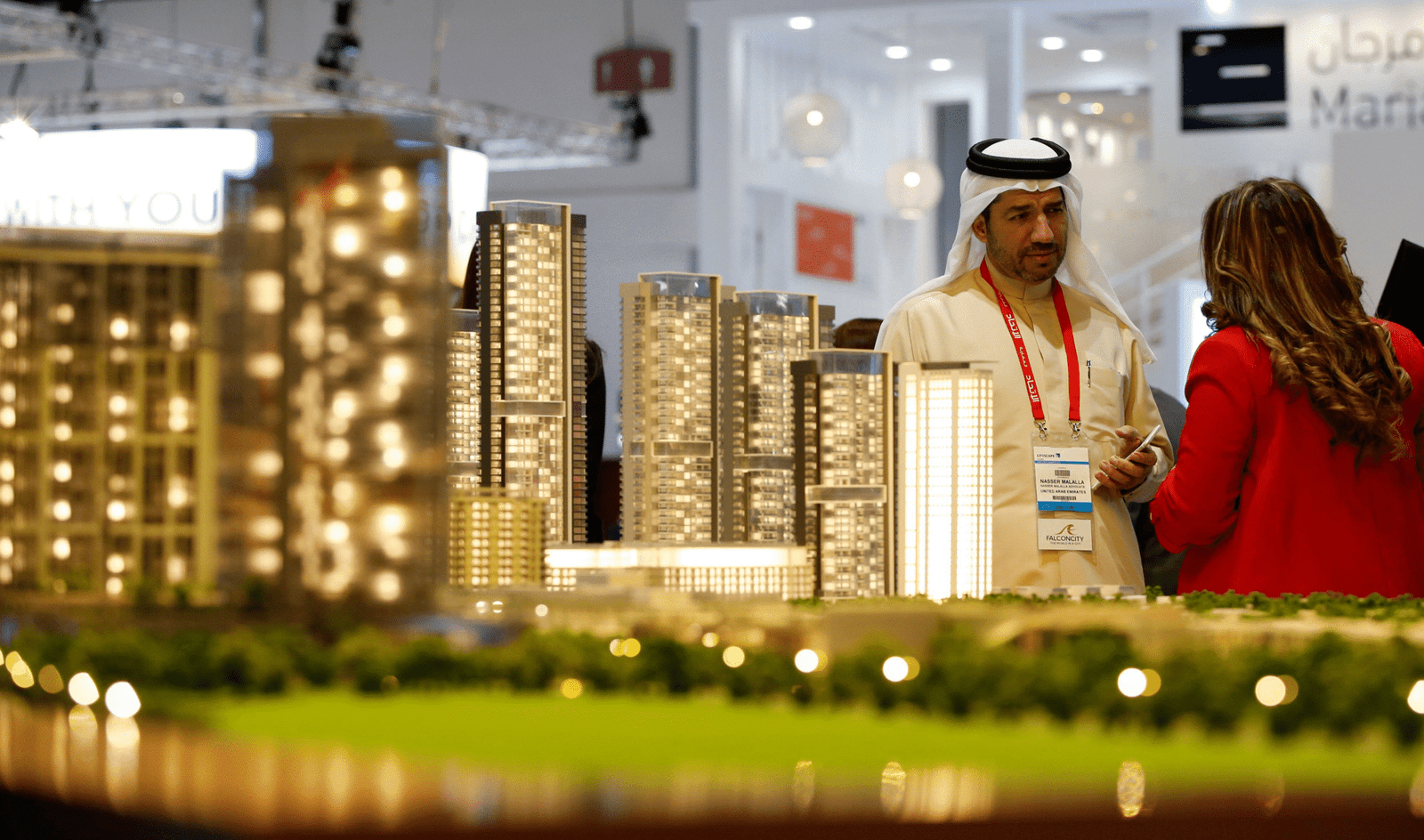Now Reading: Understanding VAT on Commercial Property Transactions in the UAE
-
01
Understanding VAT on Commercial Property Transactions in the UAE
Understanding VAT on Commercial Property Transactions in the UAE

Table of Contents
The UAE’s real estate market in 2025 remains a global hub, with AED 893 billion ($243 billion) in 2024 transactions and commercial properties in areas like Dubai Marina, Abu Dhabi’s ADGM, and Al Marjan Island offering 6-10% yields.
The 5% Value Added Tax (VAT), implemented under Federal Decree-Law No. 8 of 2017, significantly impacts commercial property transactions, unlike residential properties, which often benefit from exemptions.
For American and international investors, understanding VAT’s application, exemptions, and compliance requirements is crucial, especially alongside the 9% corporate tax (effective June 2023) and the 15% Domestic Minimum Top-up Tax (DMTT) for multinationals with revenues over €750 million (AED 3 billion) starting January 2025.
This guide outlines VAT’s role in commercial property transactions, ensuring compliance with Federal Tax Authority (FTA) regulations while optimizing returns in a tax-free personal income environment.
VAT Overview for Commercial Property Transactions
VAT applies at 5% to taxable supplies, including the sale and lease of commercial properties (e.g., offices, retail spaces, warehouses) in the UAE, unless exempt or zero-rated. Unlike residential properties, where sales (post-first sale) and long-term leases are VAT-exempt, commercial transactions are generally taxable.
Businesses with annual taxable supplies exceeding AED 375,000 ($102,000) must register for VAT, while those between AED 187,500 and AED 375,000 may register voluntarily. Input VAT on related costs (e.g., construction, legal fees) is recoverable for registered businesses, reducing net tax liability.
Key VAT Applications
- Sale of Commercial Properties: The first sale of a new commercial property or subsequent sales of any commercial property incurs 5% VAT on the transaction value. For example, selling an office in Dubai Marina for AED 5 million ($1.36 million) incurs AED 250,000 in VAT, typically passed to the buyer.
- Commercial Leases: Leases of commercial properties (e.g., retail units in Yas Island) are subject to 5% VAT on the rental amount. A AED 1 million ($272,000) annual lease generates AED 50,000 in VAT, payable by the tenant if the landlord is VAT-registered.
- Input VAT Recovery: Businesses can reclaim VAT paid on expenses like construction materials or brokerage fees, provided they are VAT-registered and the costs relate to taxable supplies. A developer spending AED 10 million ($2.72 million) with AED 500,000 in VAT recovers this amount, offsetting tax costs.
VAT Exemptions and Zero-Rating
Certain commercial transactions qualify for exemptions or zero-rating, reducing tax burdens:
- Bare Land Sales: Sales of undeveloped land (without buildings) are VAT-exempt, per FTA guidelines. Selling a AED 3 million ($816,000) commercial plot in Dubai South avoids AED 150,000 in VAT.
- Zero-Rated Exports: Commercial property services (e.g., leasing to non-residents outside the GCC) are zero-rated, meaning no VAT is charged, but input VAT is recoverable. A RAKEZ-based landlord leasing to a U.S. tenant for AED 2 million ($545,000) avoids charging AED 100,000 VAT while recovering input tax.
- Charitable or Government Use: Properties sold or leased to registered charities or government entities for non-commercial purposes may be exempt, subject to FTA approval. For example, leasing an ADGM office to a qualifying charity avoids 5% VAT.
Impact on Commercial Property Transactions
VAT influences costs, pricing, and returns for commercial property investors:
- Increased Transaction Costs: The 5% VAT on sales and leases raises costs for buyers and tenants. A AED 20 million ($5.45 million) Al Reem Island office sale incurs AED 1 million in VAT, often factored into pricing, impacting affordability.
- Rental Yield Considerations: Commercial yields (6-10% in areas like Dubai Marina) are net of VAT, as tenants bear the cost. A AED 500,000 ($136,000) annual lease with AED 25,000 VAT reduces landlord margins unless passed on, maintaining 6-8% yields.
- Cash Flow Management: VAT-registered businesses must remit output VAT quarterly (within 28 days of the tax period) but can recover input VAT, requiring robust cash flow planning. Delays in recovery can strain finances, especially for large projects.
- Market Dynamics: High demand (95% occupancy in Dubai’s commercial hubs) absorbs VAT costs, but oversupply risks (41,000 new units by 2026) may pressure landlords to absorb VAT, slightly reducing returns.
Strategies to Optimize VAT for Commercial Transactions

American investors can adopt these strategies to manage VAT and enhance returns:
- VAT Registration: Register for VAT if taxable supplies exceed AED 375,000 to recover input VAT. A developer with AED 10 million in construction costs recovers AED 500,000, offsetting 5% output VAT on sales.
- Free Zone Structuring: Use Qualifying Free Zone Persons (QFZPs) in zones like DMCC or RAKEZ to benefit from 0% corporate tax on commercial income, complementing VAT recovery. A QFZP leasing AED 3 million ($816,000) in Al Marjan Island offices avoids corporate tax while managing VAT.
- Negotiate VAT in Contracts: Structure lease agreements to pass VAT to tenants, preserving 6-8% yields. For example, a AED 1 million lease explicitly includes AED 50,000 VAT, protecting landlord margins.
- Leverage Exemptions: Target bare land or zero-rated transactions (e.g., leasing to non-GCC residents) to reduce VAT liability. Selling a AED 5 million plot in Ajman saves AED 250,000.
- Accurate Record-Keeping: Maintain seven-year records of VAT invoices and transactions to support input tax claims and FTA audits, avoiding penalties up to AED 10,000.
- Consult Experts: Engage RERA-registered agents and FTA-accredited consultants to ensure compliance with quarterly filings and optimize VAT recovery, especially for mixed-use projects with residential components.
Why This Matters for American Investors

VAT’s manageable impact preserves UAE’s 6-10% commercial yields, outpacing global markets like New York (4.2%). Freehold ownership, no personal income tax, and visa programs (2-year Investor Visa for AED 750,000, Golden Visa for AED 2 million) drive demand, with 45% of Dubai’s 2025 buyers being foreign.
Proximity to Dubai International Airport (20-45 minutes) and U.S.-UAE double taxation agreements enhance appeal. Strategic VAT management ensures competitiveness in high-growth commercial hubs.
Market Outlook and Challenges
The UAE projects 5-8% price growth in 2025, with commercial zones like ADGM and Al Marjan Island at 10-15%. The DMTT’s 15% rate for MNEs and stricter AML compliance add costs, while a potential 10-15% correction in 2026 due to oversupply risks margin pressure. Non-compliance with VAT filing deadlines (28 days post-tax period) incurs penalties, emphasizing the need for expert guidance.
Conclusion
VAT on commercial property transactions in the UAE, at 5%, impacts sales and leases but offers exemptions for bare land, zero-rated exports, and charitable uses. American investors can optimize 6-10% yields through VAT registration, free zone structuring, contract clarity, and expert compliance.
With 2025’s booming market, strategic VAT management ensures high returns and compliance in Dubai, Abu Dhabi, and Ras Al Khaimah’s dynamic commercial real estate landscape. Commercial Property
read more: 6 Tax Challenges for Foreign Institutional Buyers in 2025





















